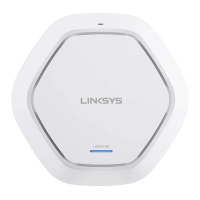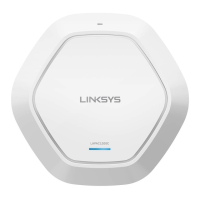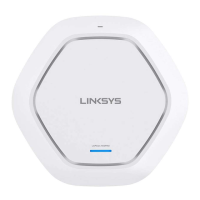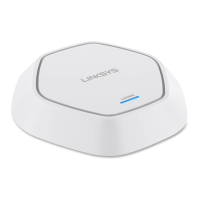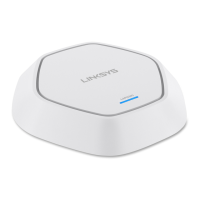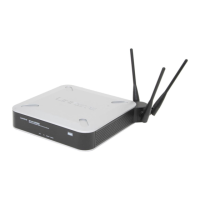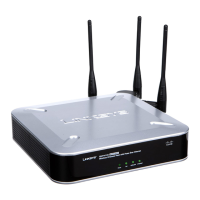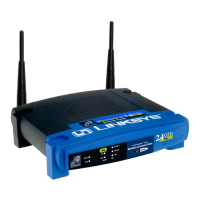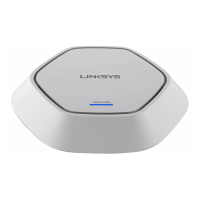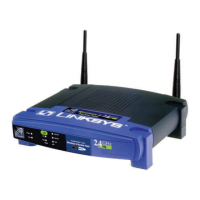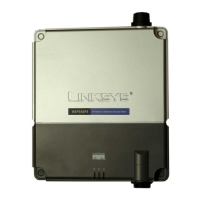ACL
ACLs are a collection of permit and deny conditions that can block unwarranted attempts to
reach network resources.
Each ACL is a set of up to 10 rules. Each rule specifies whether the contents of a given field
should be used to permit or deny access to the network. Rule can be based on various criteria and
may apply to one or more fields with a packet. The priority of each rule will be determined by the
rule index. Rule index number 1 has the highest priority to process and rule index number 10 is
the last one to process. There is an implicit deny for traffic that does not match any rules.
Once ACL has been created and configured, bind your ACL to the wireless interface. The ACL can
be applied to the traffic sent from a wireless client to the access point (upstream) or from the
access point to a wireless client (downstream).
To create ACLs and associate them to an interface, perform the following steps.
1.
Create ACLs.
To add a new ACL, type in a name and choose IPv4 or IPv6. Click Add ACL. To add a rule to a
specific ACL, select the ACL name from the ACL Names dropdown list, and select a priority
from the Rule Index dropdown list. After that, you can define what kind of traffic to permit or
deny. Always remember there is an implicit deny for traffic that does not match any rules.
2.
Associate the ACL with wireless interfaces by using ACL Association page.
To modify ACLs not in use, you have the following options.
1.
You can unbind the ACL from a specific wireless interface by selecting None on the ACL
Association page.
2.
If you don’t need an ACL anymore, you can delete it. To delete an ACL, select it from the
ACL Name dropdown list and click Delete ACL.
3.
If you like to delete a rule associated with an ACL, click Reset next to Rule Index. That rule
will go back to default mode, all matching criteria for this specified rule will be gone.
76
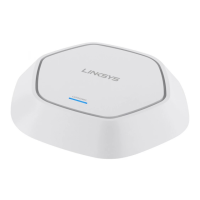
